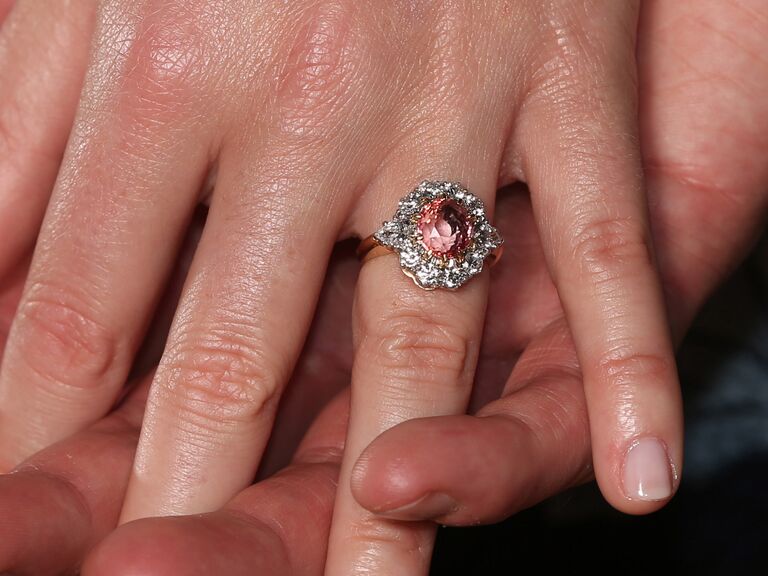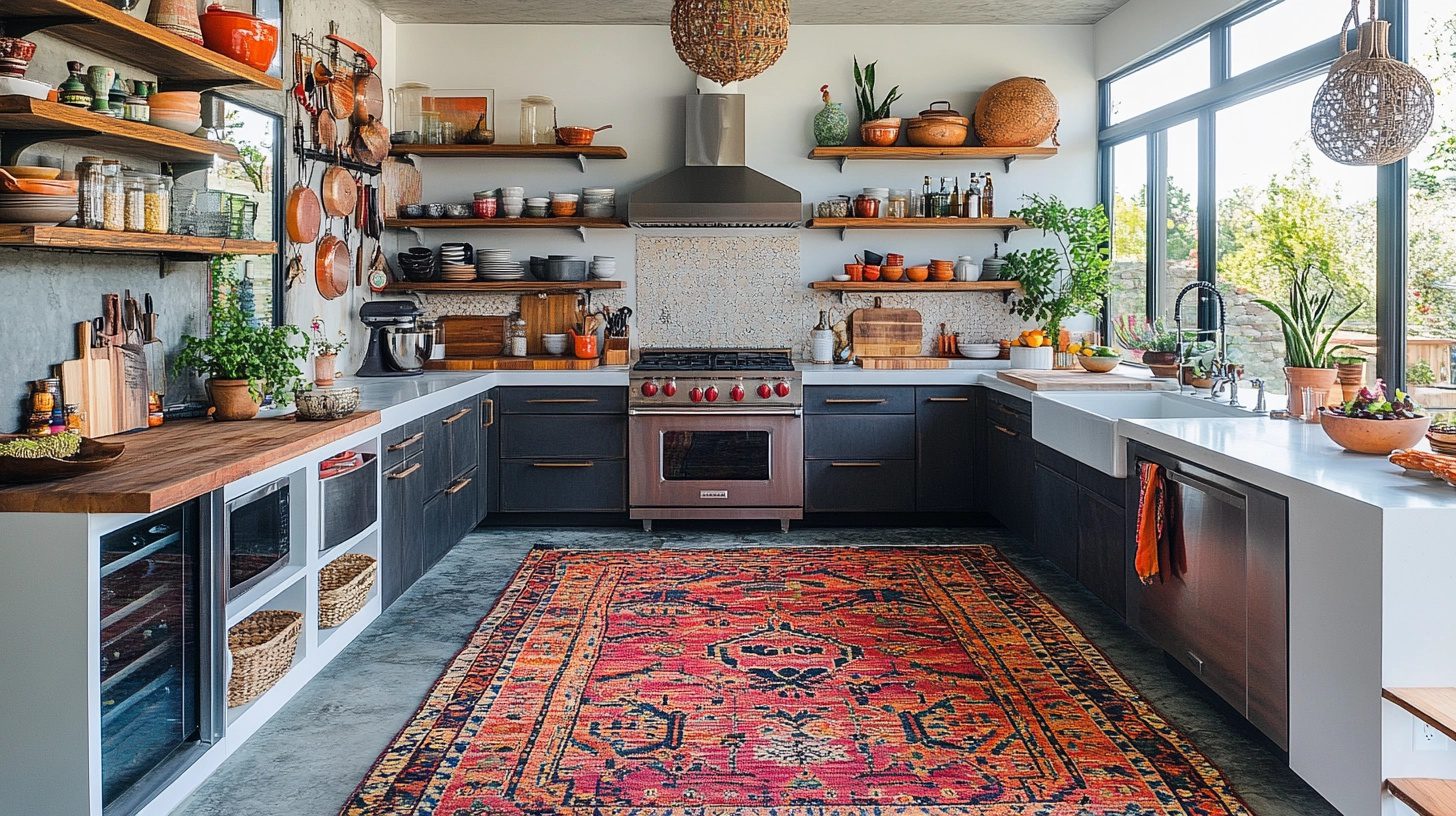
Engagement rings from the collection of Lily Arkwright, are powerful symbols of love and commitment, and in India, royal engagement rings carry a history rich in tradition and artistry. These exquisite pieces reflect the grandeur of Indian royalty and the diverse cultural influences that have shaped the subcontinent over centuries. From intricate designs to the use of vibrant gemstones, Indian royal engagement rings are not only beautiful but also steeped in stories that speak to the legacy of love and honor among royal families.
The history of Indian royal engagement rings dates back to ancient times when marriages were often alliances between powerful families. Engagement rings were crafted to symbolize these unions, showcasing the wealth and status of the families involved. Royal families often adorned their rings with a variety of precious stones, including diamonds, emeralds, rubies, and sapphires, each selected for its beauty and significance. The use of these gemstones was not merely decorative; each stone carried its own symbolism, believed to bring luck, prosperity, and protection to the union.
One of the most iconic examples of Indian royal engagement rings can be traced to the Mughal Empire, a dynasty known for its opulence and appreciation of fine jewelry. The Mughals created stunning pieces that blended Persian, Indian, and Central Asian influences. The engagement ring of Empress Noor Jahan, the wife of Emperor Jahangir, is a notable example. Crafted with exquisite artistry, her ring featured an array of diamonds set in gold, reflecting the opulence of the Mughal court. This ring not only symbolized her love but also represented her significant political influence as one of the most powerful women in Indian history.
As the centuries progressed, regional styles began to emerge, each reflecting the unique cultural heritage of different Indian kingdoms. For example, the royal families of Rajasthan are renowned for their intricate jewelry designs, which often feature elaborate enamel work and colorful gemstones. The engagement rings of Rajasthani princesses were known for their bold designs, incorporating a variety of shapes and styles that made each piece a work of art. These rings often included motifs inspired by nature, showcasing the artisans’ skills and the cultural significance of the symbols used.
In South India, the Chola and Nayak dynasties also produced remarkable engagement rings that highlight the region’s rich artistic traditions. These rings often incorporated traditional South Indian motifs and techniques, such as temple jewelry designs, which are characterized by their intricate goldwork and gemstone embellishments. The engagement rings from this region reflect a deep reverence for craftsmanship and a commitment to celebrating local artistry.
The 20th century saw a shift in the design of Indian royal engagement rings as Western influences began to permeate the traditional styles. While some royal families maintained their heritage, others embraced more contemporary designs. The engagement ring of Maharani Gayatri Devi of Jaipur, for instance, featured a stunning diamond in a modern setting that still paid homage to traditional elements. This blend of old and new illustrates the dynamic evolution of Indian jewelry and the ongoing fascination with royal designs.
Today, Indian royal engagement rings continue to inspire modern couples, who often seek to incorporate elements of these historic pieces into their own rings. The use of colored gemstones, intricate settings, and traditional motifs is becoming increasingly popular, allowing couples to celebrate their love while honoring their cultural heritage. Moreover, many artisans are reviving traditional techniques, ensuring that the legacy of Indian royal jewelry continues to thrive.
In conclusion, Indian royal engagement rings are more than just beautiful pieces of jewelry; they are timeless symbols of love, heritage, and artistry. With their rich history and cultural significance, these rings encapsulate the stories of royal love and the enduring traditions that have shaped Indian society. As couples today draw inspiration from these royal designs, they carry forward the legacy of love and commitment that these exquisite rings represent, ensuring that the stories of Indian royalty continue to be celebrated for generations to come.




